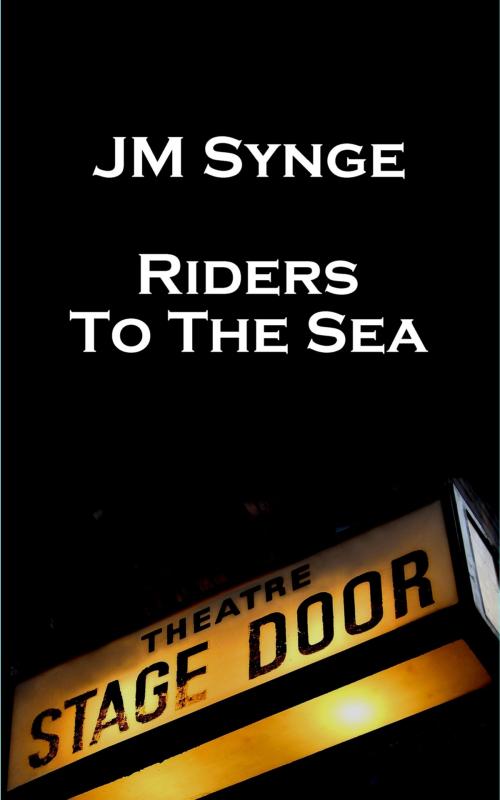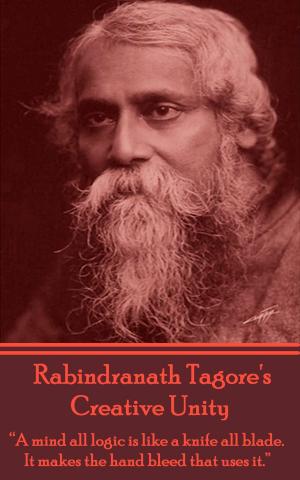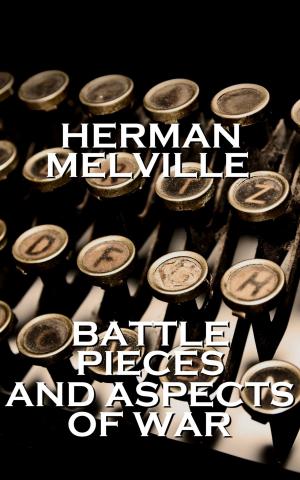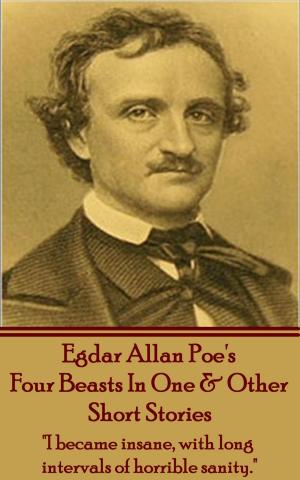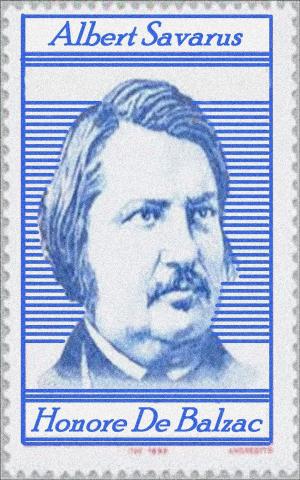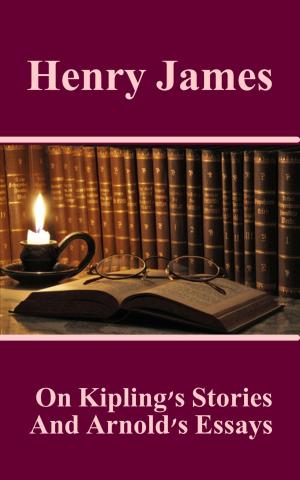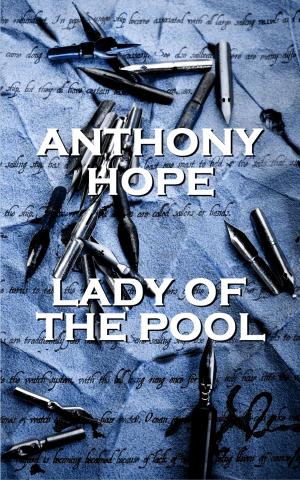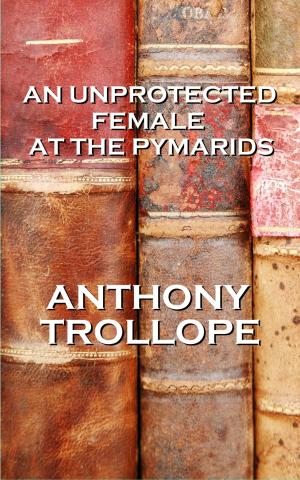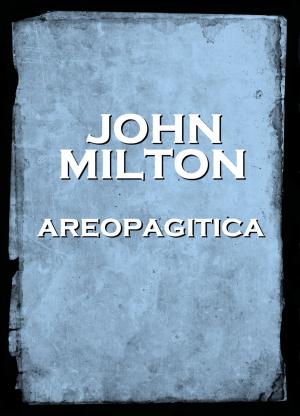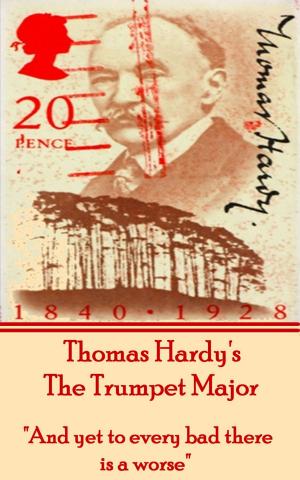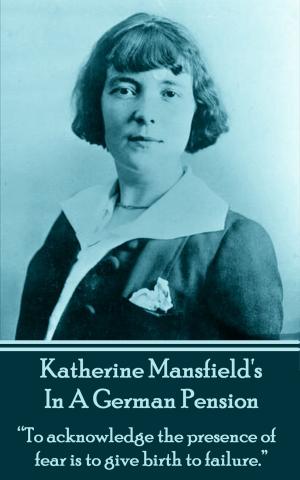| Author: | JM Synge | ISBN: | 9781780008424 |
| Publisher: | A Word To The Wise | Publication: | December 20, 2012 |
| Imprint: | Language: | English |
| Author: | JM Synge |
| ISBN: | 9781780008424 |
| Publisher: | A Word To The Wise |
| Publication: | December 20, 2012 |
| Imprint: | |
| Language: | English |
Riders to the Sea is a one-act tragedy by the Irish playwright John Millington Synge. It was first performed in Dublin in the very beginning of the twentieth century. The play portrays the simple life of rural Ireland, but also pictures the Irish peoples struggles with the furious sea which is presented as both a provider of food and a destroyer of life. The protagonist, Maurya, who has lost almost all the male members of her family, begs her last remaining son Bartley not to sail to Connemara. After being blamed by her two daughters for sending their brother without blessing his voyage, the mother follows him and gives him her blessings though bitterly knowing that she is losing her last son. By and large, the play emphasizes the Irish peoples struggle with destiny and death and depicts them as tenacious and life-loving. Indeed, although the play is rather apolitical, it challenges the colonial stereotype of the uncivilized and uncultured people. Through allusions to Irelands long history and deeply-rooted traditions, the English colonization of the country seems to be reduced to an insignificant stage compared to the majestic edifice that the Irish identity represents.
Riders to the Sea is a one-act tragedy by the Irish playwright John Millington Synge. It was first performed in Dublin in the very beginning of the twentieth century. The play portrays the simple life of rural Ireland, but also pictures the Irish peoples struggles with the furious sea which is presented as both a provider of food and a destroyer of life. The protagonist, Maurya, who has lost almost all the male members of her family, begs her last remaining son Bartley not to sail to Connemara. After being blamed by her two daughters for sending their brother without blessing his voyage, the mother follows him and gives him her blessings though bitterly knowing that she is losing her last son. By and large, the play emphasizes the Irish peoples struggle with destiny and death and depicts them as tenacious and life-loving. Indeed, although the play is rather apolitical, it challenges the colonial stereotype of the uncivilized and uncultured people. Through allusions to Irelands long history and deeply-rooted traditions, the English colonization of the country seems to be reduced to an insignificant stage compared to the majestic edifice that the Irish identity represents.
